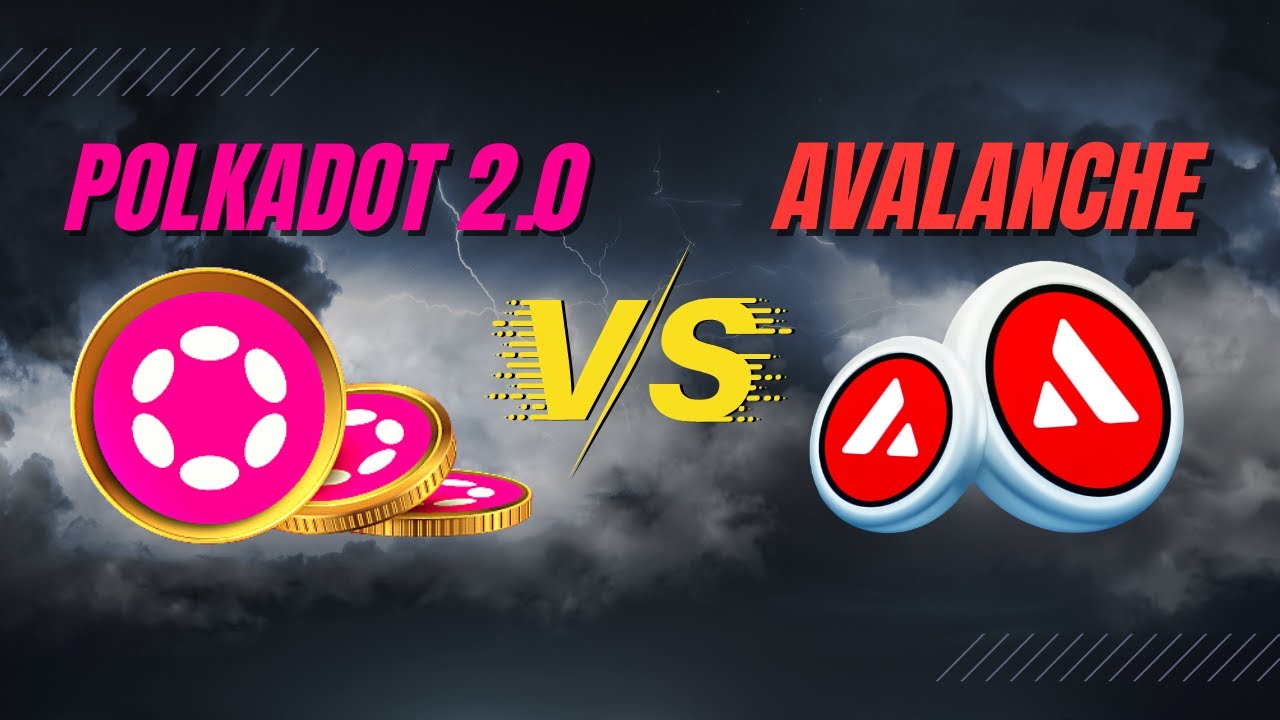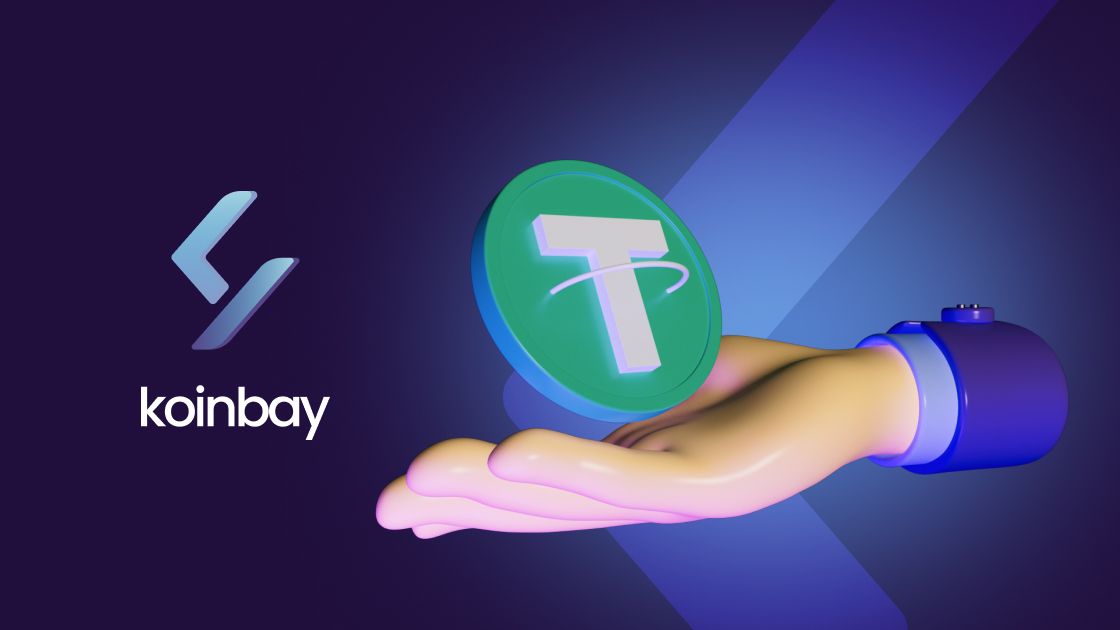Polkadot (DOT) and Avalanche (AVAX) were created to provide better interoperability. Both blockchains have an architecture that allows them to focus on application-specific blockchains that can be connected with a primary chain.
Polkadot’s primary chain is the Relay Chain, while Avalanche has three primary chains: the P-chain, the X-chain, and the C-chain. These are similar to Polkadot’s parachains that connect to its Relay Chain. Both protocols use a Proof-of-Stake consensus mechanism to secure their network and achieve consensus.
Polkadot (DOT) vs Avalanche (AVAX): A Brief Introduction
Polkadot is a blockchain protocol designed to connect previously incompatible blockchains and facilitate the transfer of data and value across these networks. It also allows previously siloed blockchain networks to communicate with one another securely. Polkadot is also quick and highly scalable, thanks to its use of parachains, which take a significant chunk of processing demand off the main chain. The protocol was created by Ethereum co-founder Gavin Wood, along with Peter Czaban and Robert Habermeier, who wanted to create a more expansive and efficient blockchain.
On the other hand, Avalanche was created to provide greater interoperability and simplify developer onboarding. The protocol leverages a multi-chain infrastructure to provide a trustless framework for developers. As an open-source smart contract platform, Avalanche supports the latest DeFi functionalities. It allows developers to create their own virtual machines and launch their own public and private blockchains called subnets.
Polkadot (DOT) vs Avalanche (AVAX): Architecture
Polkadot uses a linear chain structure similar to that of Bitcoin and Ethereum. The Relay Chain acts as the primary chain on Polkadot and hosts all the validators in the ecosystem. The smaller chains, called Parachains, host collators responsible for constructing and proposing blocks to validators. Once a block is submitted, it is checked by validators before being committed to the Relay Chain. Polkadot has a limited number of parachain slots. Any project that wants a parachains lot must participate in a parachain auction.
Polkadot uses a variation of the Proof-of-Stake consensus mechanism called Nominated Proof-of-Stake. Its DOT token can be used for governance and staking and plays a crucial role in the Polkadot ecosystem.
Avalanche uses three separate chains, each assuming a specific role. This allows for a separation of concern over validators and consensus, transactions, and smart contracts. These chains are the P-chain, X-chain, and C-chain. The P-Chain maintains the validator set and is responsible for securing the network. Similar to Polkadot’s Nominated Proof-of-Stake, Avalanche uses a Delegated Proof-of-Stake mechanism.
The X-Chain is responsible for Avalanche’s transaction layer and uses a UTXO model similar to Bitcoin. Polkadot uses an account model similar to Ethereum. The X-Chain is the only chain to implement the DAG model, making it the fastest chain in the Avalanche Network.
The C-Chain sees the most activity on Avalanche. It allows different virtual machines to execute smart contract code and comes with EVM and AVM (Avalanche VM) support out of the box.
Polkadot (DOT) vs Avalanche (AVAX): Consensus
Polkadot uses a synchronous hybrid model that combines BABE (Blind Assignment for Blockchain Extension) and GRANDPA (GHOST-based Recursive Ancestor Deriving Prefix Agreement). BABE is an algorithm that allows blocks to be built in a probabilistic way, while GRANDPA is a finality mechanism. It uses a deterministic approach to add blocks to the longest chain.
Avalanche uses a family of protocols called Snow Protocols to achieve security, liveness, and finality. The Snow family is a hierarchical collection of systems and consists of Slush, Snowflake, Snowball, Avalanche, Snowman, and Slushie.
Polkadot (DOT) vs Avalanche (AVAX): What Problems Do They Address?
Polkadot was created to provide better interoperability and scalability. Its unique infrastructure enables interoperability between different blockchain ecosystems, enabling secure communication and the transfer of data or value. It also comes with significantly lower fees, making it cheaper to conduct transactions, create blockchain assets, and mint new tokens.
On the other hand, Avalanche aims to alleviate developer issues by addressing centralization and congestion. The protocol gives users a scalable, energy-efficient, and cheaper alternative to existing networks.
Disclaimer: This article is provided for informational purposes only. It is not offered or intended to be used as legal, tax, investment, financial, or other advice.





